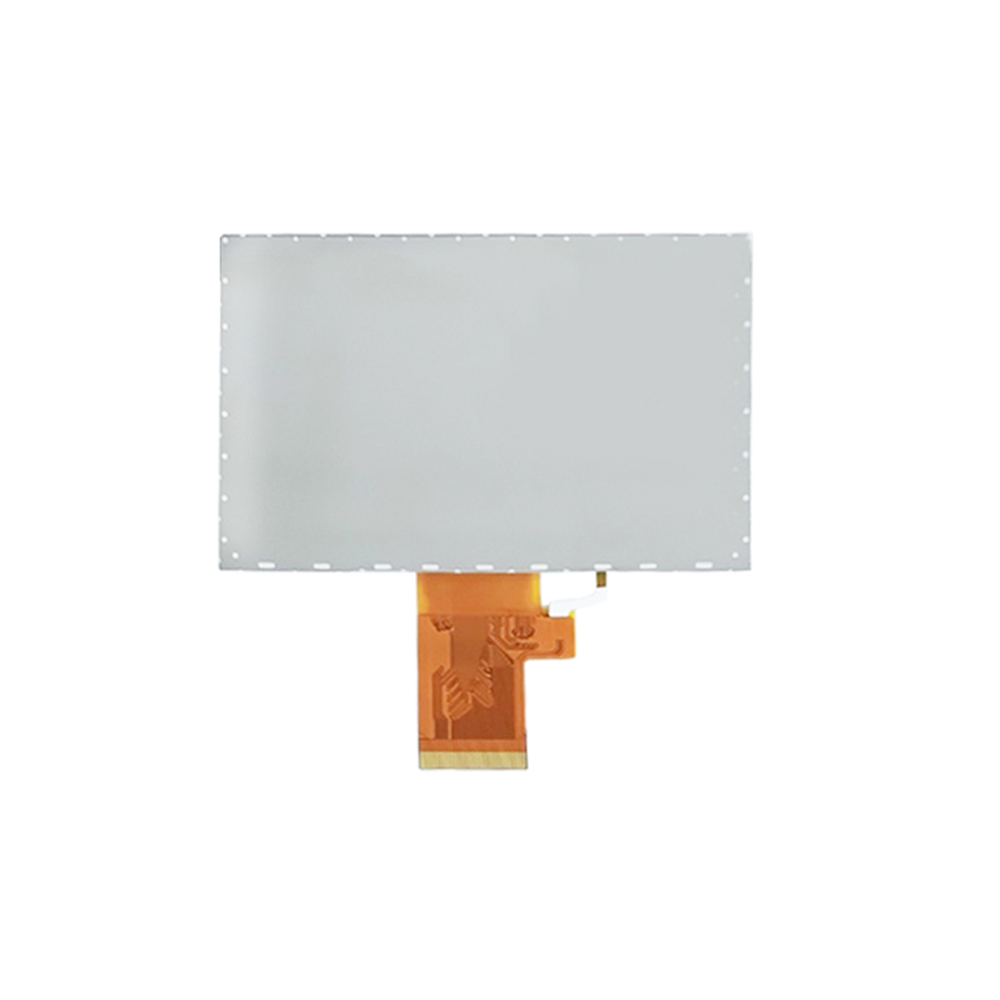




Touch displays in elevator cabs have revolutionized the way passengers interact with elevator systems, offering enhanced functionality, convenience, and safety features. These displays serve as the main control interface, replacing traditional push - button panels in many modern elevators.
One of the primary control applications is floor selection. Passengers can simply touch the desired floor number on the display to call the elevator and select their destination. The touch - display interface can be designed to be more intuitive than traditional buttons, with features such as large, clearly labeled numbers, and visual feedback to confirm the selection. Some advanced touch - display systems can even predict the passenger's destination based on historical usage patterns or the time of day, providing a more personalized experience. For example, if a passenger regularly goes to the 10th floor during workdays, the touch display may suggest this floor as a default option.
In addition to floor selection, touch displays in elevator cabs can be used for providing information and entertainment. They can display real - time information such as the current floor, the direction of the elevator movement, and estimated arrival times at each floor. This helps passengers feel more informed and reduces anxiety during the ride. Moreover, the displays can show advertisements, news updates, or weather forecasts, turning the elevator ride into a more engaging experience. Some touch - display systems also support multimedia playback, allowing passengers to watch short videos or listen to music while traveling between floors.
Safety - related control applications are also an important aspect of touch displays in elevator cabs. Emergency call buttons can be integrated into the touch - display interface, providing a more visible and accessible way for passengers to seek help in case of an emergency. The display can also show safety instructions, such as what to do in the event of a power failure or an elevator malfunction. Additionally, some touch - display systems are equipped with biometric authentication features, such as fingerprint or facial recognition, to control access to restricted floors, enhancing security in buildings with high - security requirements.
